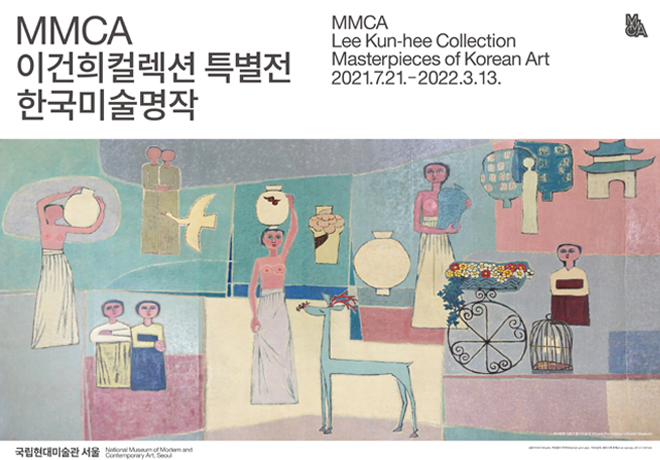A museum is home to countless meanings and interpretations surrounding works of art, conveyed through diverse languages. Language is an essential tool for expressing thoughts and understanding the world, yet each individual communicates in a unique way.
In this space, visitors are invited to explore and engage with various languages and modes of expression through five ongoing workshops, daily artist workshops, lectures and talks, and screening programs.
Experience the transformation of linguistic divides into moments of connection and understanding.
A Hundred Eyes
Everyone experiences art in their own way. Some engage with it visually, while others perceive it through sound or touch. Even when viewing the same piece, understanding can vary based on personal experiences and perspectives. Personal viewpoints and creative expressions enrich our appreciation of art. We invite you to describe the forms, textures, and colors you perceive, allowing others to imagine and connect with the artwork through your words. Your reflections will be carefully selected and compiled into an audio description script. Eventually, these collected writings will be published as a book. Join us in creating new ways to experience art.
Shape of Voice
Visitors are invited to listen to an audio description of an artwork and translate the imagery it evokes into sculptural form. Each person perceives the world differently, and the same artwork can inspire diverse interpretations shaped by personal experiences and sensibilities. Close your eyes and focus on the descriptive narration. As you transform what you hear into mental imagery and then into a tangible form, you engage in the unique process of turning perception into shape. Take a moment to observe the sculptures on display. How do your perceptions and interpretations compare to those of others? Through these differences, we uncover a new mode of communication—one where language takes on physical form.
Connected Worlds
The language used in museums can sometimes feel difficult to grasp. In this space, rather than relying on complex expressions, visitors are invited to share their personal experiences and everyday moments through illustrated diaries. As you explore others’ illustrated diaries, you may encounter emotions that resonate with your own or gain new perspectives. Together, these illustrations interconnect, forming a world that weaves together diverse sensations and experiences. Here, discovering unexpected differences is just as important as finding common ground. How will your illustrated diary connect with the stories of others?
Continuing the Written Word
Transcription is the act of copying text by hand, offering a way to immerse oneself in language and reflect on the author’s thoughts. As you transcribe the books and writings provided here, consider themes of community, accessibility for people with disabilities, the diversity of bodies and languages, and experiences of loss and marginalization. Can MMCA serve as a space for introspection, dialogue, and shared storytelling? What artworks come
to mind as you write? Participants are invited to leave their reflections as annotations. Though transcription is often a solitary act, each contribution carries the imprint of time, allowing others to continue the process and fostering a shared sense of connection.
Dialogue of Lines
Weaving is the interlacing of the weft through the warp—an ancient form of communication predating written language. In this space, the weaving becomes both a dialogue and a
tangible record of connection. In Dialogue of Lines, two participants sit across from each other with a loom between them, engaging in a collective weaving process. One threads the yarn from bottom to top, the other from top to bottom, repeating the action until the yarns (lines) accumulate into fabric (a surface). The conversations exchanged during weaving, or even the silent traces of those moments, are embedded in the woven fabric itself. Even in silence, gestures and expressions create an unspoken dialogue. The resulting collective work, woven together by multiple hands, embodies a layered conversation, preserved within its very yarns. The resulting fabric is a collective work embodying the traces of dialogue enriched by multiple voices.
Co-developed by Lee Hyeonhwa(Yiwon Samul)
Present Score
Yunjung Lee
2025, Single-channel video, color, sound, 17min
A score is a notation that defines the sequence and method of performance or action, enacted through the participant’s body. Present Score invites visitors to explore the latent spaces within different bodies—categorized as young, old, disabled, lazy, passive, or active. This score begins with attentive listening to the body itself, which, like breath, is in constant motion. Participants are encouraged to attune themselves to the flow of air passing through them, the vibrations of their voice, and the interplay between surrounding sounds and their own. By sensing the weight of their body, softening the spine, and expanding their imagination through movement, they explore the possibility of embodying a landscape.
◾Screening Hour
Mon. 10:00 – 18:00 Tue. – Sun. 12:00 – 14:00, 16:00 – 18:00 (Until 21:00 on Sat.)
* If there is no program, screening may take place outside of the above schedule.
* On April 9., screening hour is 12:00 - 16:00.
* Every Thursday from April 10 to May 15 screening hour is 12:00 ~ 14:00, 17:00 ~ 18:00.
※ Free Admission(Limited to Individual/Integrated Ticket Holders) Reserve Exhibition Tickets
